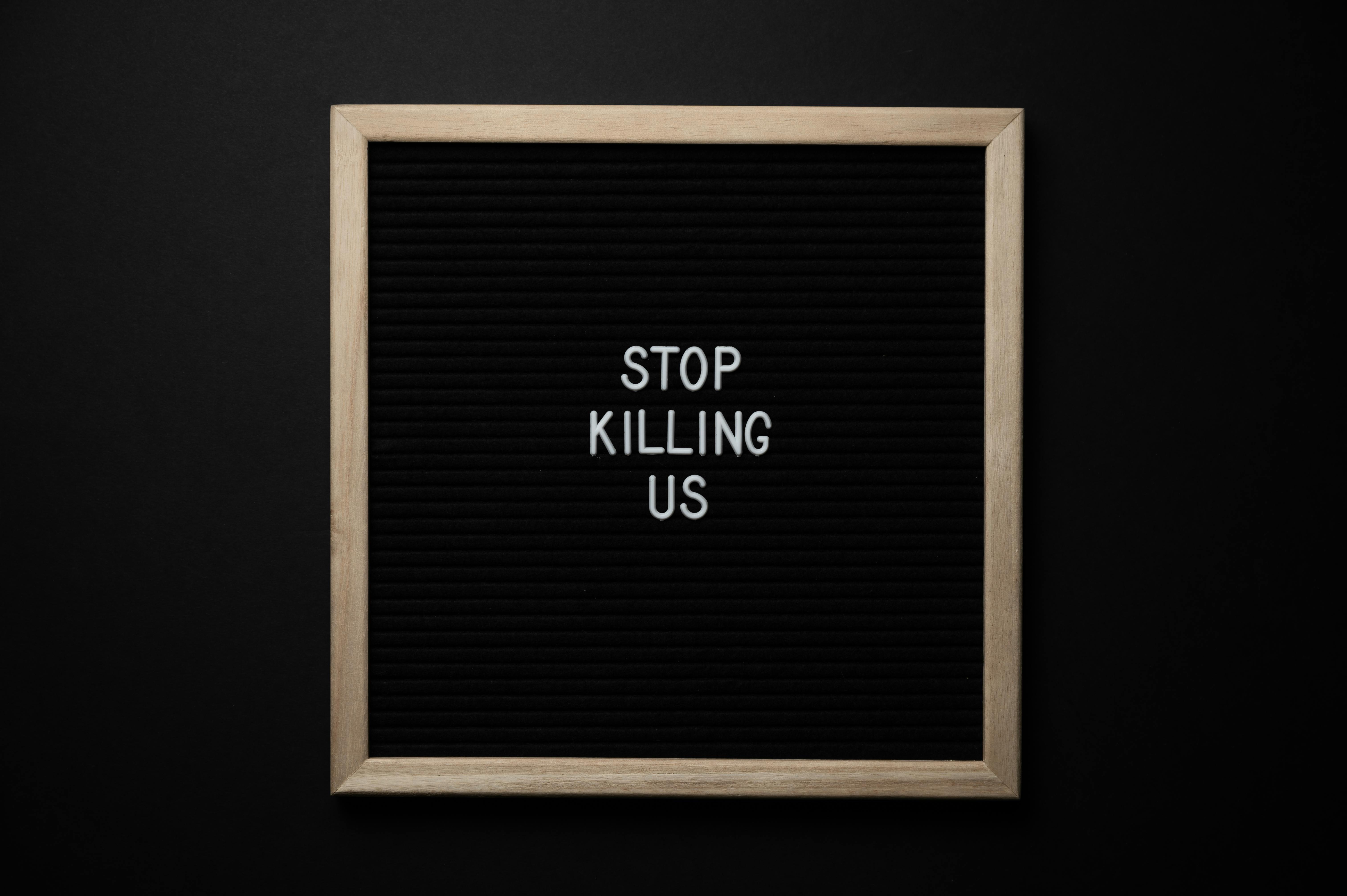
Plagiarism Checker: Just Acceptable Use, Not What You Think
A plagiarism checker has a number of applications that honest writers should never need to use. However, due to the epidemic rate of plagiarism and copyright infringement cases around the world, many people are taking unnecessary steps to protect themselves, even if the work they have created is their own. In many cases, a plagiarism checker is counterproductive because it requires time and resources to use it correctly and take appropriate action when necessary. Therefore, there is only one group of people who should use a plagiarism checker: the people who check if the work that someone else has submitted to them is plagiarized.
Students often use plagiarism checking software or apps to check their own work before submitting it to their teachers. Plagiarism is a valid fear for students because if violators are caught, they could be expelled from their educational institution and possibly barred from seeking employment in their chosen field. Students often use multiple sources to write their papers, and sometimes the line between plagiarism and original work can be blurred. For their own protection, students will have their work run through a plagiarism checker. Herein lies the rub: If you’re not sure enough about the originality of your own work to use a plagiarism checker, then there’s probably a problem with it.
In most cases, a teacher will run student work through a software program like Copyscape to check for plagiarism. Due to the easy availability of documents on the web, many students have cheated to pass their classes. Plagiarism tools are great at catching these cases, and offending students face dire consequences.
However, professional and hobby writers also use these services to check the work they submit to clients or publish for their own uses. But here again, anyone who isn’t sure enough about her own work to require a copyright infringement check is probably dangerously close to violating a copyright in some way. Much of this problem is attributed to the fact that many writers simply extract material that is already on the web and then try to put that material “in their own words.”
The only way students and other writers can mitigate their own work is to carefully separate their writing from the works they use to create it. Here is an effective method to do it:
*Use at least 4-5 sources of information
* Extract important information from each source and write it in your own words in a bulleted outline
*Writing from the full outline, rephrase the information once more using your own unique extended writing.
* Cite your sources appropriately
By doing this, your writing is at least two original steps away from the source. (A thesaurus is essential to do this correctly.) Unless you fully cite your original sources, your work should be nothing less than 100% original, as anything less leaves you open to attack.
For writers who create the work the right way, there should never be a need for a plagiarism detection tool. This means that the only need for this type of software is for the people to whom a letter has been sent. This includes teachers who must verify their students’ work and buyers or others who must verify the originality of work submitted to them.
Ultimately, if you are a writer who needs to check your own work using a plagiarism checker, you may need to reevaluate your writing and research techniques.